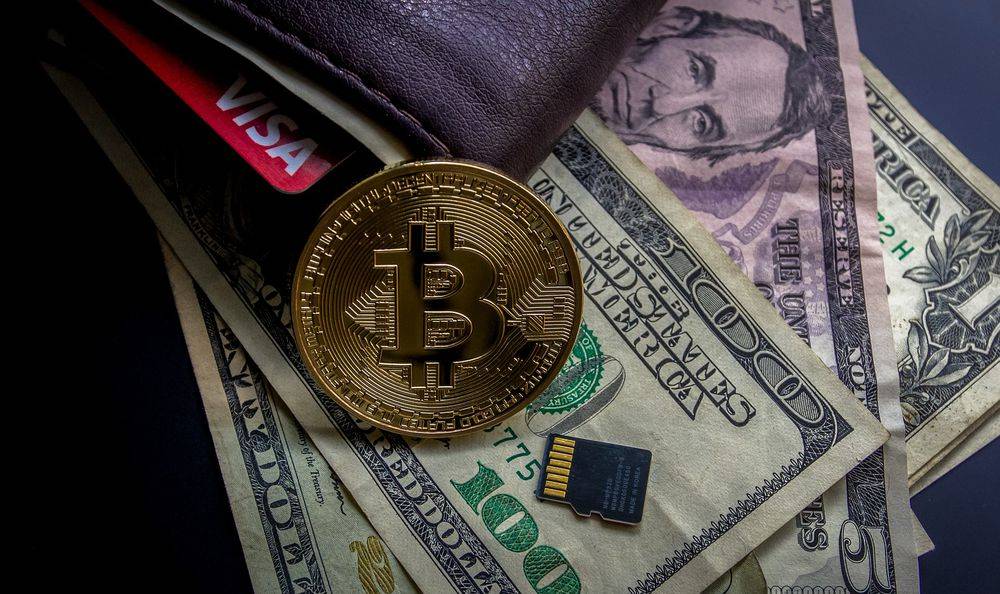The digitization of currencies is causing a transformation in traditional global banking.
The cryptocurrency boom has pushed central banks, to join the digital race, to soon create their digital dollar, euro or renminbi.
Cryptocurrencies are in fashion, although they are even more of a game of chance, a lottery, than money. American regulators recently estimated the amount of digital money in circulation at $ 1.5 trillion. Digital money is the future and all of us - investors, regulators, economists, bankers and journalists - seem to succumb to its undeniable appeal. But we have already seen a few financial bubbles, a few assets that promised to be the solution and brought nothing but crisis and ruin. I don't want to depress you, or look old, but we shouldn't forget about junk mortgages, complex derivatives or damn CDOs (collateralized debt obligations) or what is known as collateralized debt obligations.
The digital revolution is underway and is already changing the ways of paying, saving and investing. The banking business is not what it used to be; its profitability threatened by interest rates at historical lows, an increasingly intrusive regulation and especially by new digital competitors that threaten to take the business. The digitization of money allows the private sector to create money, for Central Banks to dispense with commercial banks to distribute it and guarantee its value, and for citizens to have our deposits on our cell phones, without intermediaries.
Economists are doomsayers. So it won't surprise you that I distance myself from this collective infatuation. What exactly is money today? A piece of paper, an accounting note, a checking account, a credit card? Money is all that and much more, it is trust. One of the great inventions of humanity in the words of Niall Ferguson, only comparable to fire, the wheel, penicillin and the contraceptive pill. But money has to fulfill three basic functions: means of payment, unit of account and store of value. That is, to serve to (i) buy goods and services because everyone accepts it, (ii) count and compare values and wealth because their price does not change much in time, and (iii) transfer value in time and space, to leave it to our children or to pay for our retirement.
There was a time when there were many monies and many issuers of that special asset. But the evolution of History resulted in the most advanced societies, the most economically and socially successful, agreeing that it was desirable to exclusively grant the power to create money to a special institution that they called "central bank" and endowed it with certain properties, technical and economic independence, and imposed some obligations, maintain the value of money and the stability of the financial system. This monopoly is what threatens digital money.
As this revolution is beginning, the concepts and terms used are still very confusing and very different things are mixed in the public discussion. Let me, as an old professor, try to bring some order and clarity to this debate. Let's start by distinguishing between cryptocurrencies and the so-called digital money of central banks, better known by its English acronym, CBDCs. The former are private money, created and guaranteed by respected and admired private companies, charities, or individuals. The second is a new form of virtual cash.
https://www.martesfinanciero.com/voz-qualificación/la-febre-de-las-monedas-digitales-llega-a-los-bancos-centrales/
Image by WorldSpectrum from Pixabay






